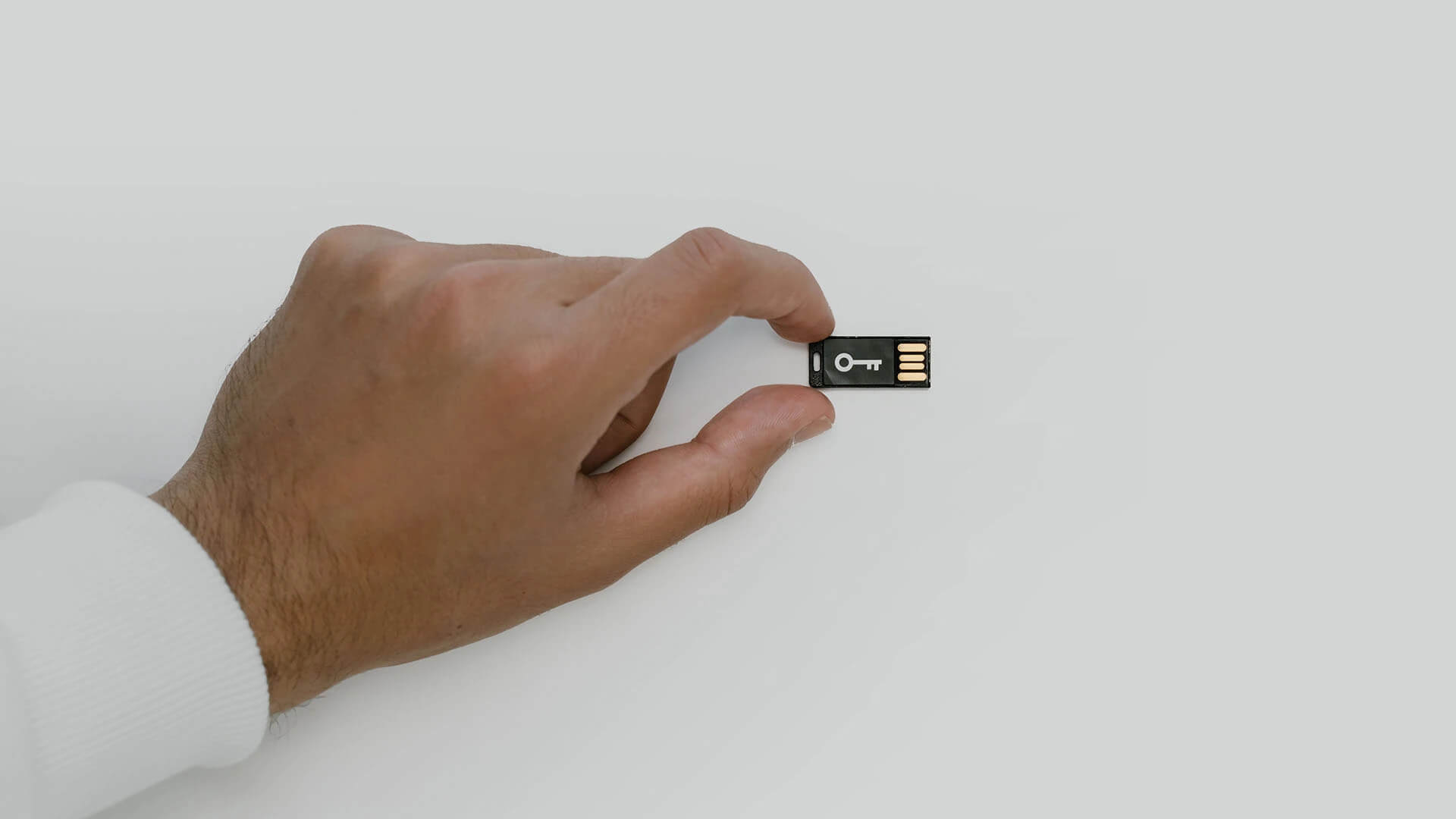
December 9 2023
8 min read

Jul
In this digital age, advancements in technology have revolutionized various sectors, and healthcare is no exception. The emergence of synchronous telemedicine has transformed the way medical consultations and treatments are conducted, enabling remote access to healthcare services.
By leveraging the power of real-time audio and video communication, synchronous telemedicine offers a convenient and effective means of delivering healthcare to patients regardless of their geographical location. In this article, we will delve into the concept of synchronous telemedicine, explore its benefits and challenges, and discuss how it is shaping the future of remote healthcare.
Synchronous telemedicine, also known as live video telemedicine, involves real-time communication between healthcare providers and patients using audio and video technology. Through secure and HIPAA-compliant platforms, patients can have face-to-face consultations with their healthcare providers remotely, simulating the experience of an in-person visit.
This facilitates accurate diagnosis, treatment recommendations, and monitoring of patients, all from the comfort of their homes.
One of the primary advantages of synchronous telemedicine is the increased accessibility it provides to healthcare services. Patients residing in rural or remote areas, where medical facilities are scarce, can now connect with specialized healthcare providers without the need for extensive travel.
Moreover, individuals with mobility limitations or those who face transportation challenges find synchronous telemedicine to be a convenient alternative to in-person consultations.
Synchronous telemedicine fosters greater patient engagement by eliminating barriers such as long waiting times and limited appointment availability. Patients can have real-time conversations with their healthcare providers, discussing their concerns, asking questions, and actively participating in their own care.
This personalized approach enhances patient satisfaction, as they feel more involved in the decision-making process regarding their health.
For both patients and healthcare providers, synchronous telemedicine offers significant cost savings. Patients save money on transportation, parking, and other expenses associated with visiting a healthcare facility. Similarly, healthcare providers can optimize their resources by efficiently managing their schedules and reducing overhead costs.
Moreover, synchronous telemedicine eliminates the risk of exposure to infectious diseases, further enhancing efficiency in healthcare delivery.
Before you start serving patients who live outside of the state, make sure you do some research on the licensing requirements.
While synchronous telemedicine brings forth numerous advantages, it also presents certain challenges that need to be addressed for its widespread adoption.
To ensure seamless telemedicine encounters, robust technical infrastructure and reliable internet connectivity are vital. Both patients and healthcare providers require access to high-speed internet connections and devices that support video conferencing.
In areas with limited internet access, efforts must be made to bridge the digital divide and provide necessary resources for successful synchronous telemedicine interactions.

The exchange of sensitive patient information during synchronous telemedicine encounters necessitates stringent privacy and security measures. Healthcare providers must adhere to data protection regulations and employ secure platforms that encrypt patient data.
It is crucial to maintain confidentiality and safeguard patient privacy to build trust and ensure the success of synchronous telemedicine.
The practice of synchronous telemedicine is subject to various legal and regulatory considerations. Licensing requirements may differ across jurisdictions, posing challenges for healthcare providers who wish to offer telemedicine services across state or national borders.
Policymakers and regulatory bodies need to establish standardized guidelines that strike a balance between patient safety, quality of care, and the freedom to practice telemedicine effectively.
SYNCHRONOUS TELEMEDICINE:
Feature
Benefits
Synchronous telemedicine allows for immediate assessment, diagnosis, and treatment recommendations.
It fosters a personalized experience, enables instant feedback, and supports dynamic conversation.
Limitations
Synchronous telemedicine requires both parties to be available simultaneously, relying on stable internet connectivity and appropriate devices.
It may not be suitable for all medical situations, such as cases that require physical examinations or immediate interventions.
ASYNCHRONOUS TELEMEDICINE:
Feature
Benefits
Limitations
Asynchronous telemedicine lacks immediate real-time interaction, which may delay diagnosis and treatment. It relies heavily on the quality and accuracy of the information provided by patients.
Certain medical situations, such as emergencies or situations requiring immediate intervention, may not be suitable for asynchronous telemedicine.
One of the most common applications of synchronous telemedicine is virtual doctor-patient consultations. Patients can schedule appointments with their healthcare providers and connect through secure video platforms.
During these consultations, healthcare professionals can conduct assessments, review medical history, diagnose conditions, prescribe medications, and provide appropriate medical advice, all without physical proximity.
Synchronous telemedicine also enables remote monitoring and diagnostics of patients with chronic illnesses or those requiring continuous medical supervision.
Through wearable devices and remote monitoring tools, healthcare providers can collect real-time data on vital signs, perform remote examinations, and adjust treatment plans accordingly. This approach not only improves patient outcomes but also reduces the burden on healthcare facilities.

In emergency situations where immediate medical intervention is crucial, synchronous telemedicine plays a vital role. Emergency medical service providers can remotely connect with healthcare professionals, providing them with real-time information about the patient’s condition.
This allows for prompt decision-making and guidance, potentially saving lives in critical scenarios where time is of the essence.
Synchronous telemedicine has the potential to bridge the healthcare gap in underserved areas. By connecting patients with healthcare providers located in urban centers or specialized institutions, individuals in remote regions can access high-quality healthcare without the need for extensive travel.
This approach promotes equity in healthcare delivery and ensures that every individual, regardless of their location, receives the care they deserve.

The future of synchronous telemedicine lies in its integration with artificial intelligence (AI) and machine learning (ML) algorithms. AI-powered chatbots and virtual assistants can assist healthcare providers in collecting patient data, performing initial assessments, and recommending appropriate actions.
ML algorithms can analyze vast amounts of medical data to identify patterns, aid in accurate diagnosis, and predict treatment outcomes.
This fusion of telemedicine and AI has the potential to revolutionize healthcare delivery, enhancing efficiency and precision.
Synchronous telemedicine holds immense potential in specialized fields of healthcare. Telepsychiatry, for example, allows mental health professionals to provide therapy sessions and consultations remotely, expanding access to mental health services.
Similarly, telecardiology enables cardiologists to assess and diagnose cardiac conditions in real-time, improving outcomes for patients in remote areas.
As technology continues to advance, synchronous telemedicine will likely find its way into various specialized fields, bringing specialized care to patients who need it the most.
Synchronous telemedicine represents the future of remote healthcare, breaking barriers of distance and accessibility. By leveraging real-time audio and video communication, it provides patients with convenient access to healthcare services, improves patient engagement and satisfaction, and brings cost savings and efficiency to the healthcare system.
Although there are challenges to overcome, such as technical infrastructure, privacy concerns, and regulatory considerations, the benefits and potential of synchronous telemedicine cannot be ignored. As we embrace this digital revolution in healthcare, synchronous telemedicine has the power to transform the way we receive and deliver medical care.
Confy is all about simplicity. Its user-friendly interface makes it a breeze for both healthcare professionals and patients to navigate.
Our white label telemedicine solution empowers you to maintain full control and customization. You can personalize the platform with your branding elements, creating a consistent and professional experience for your patients. Say goodbye to generic telemedicine platforms and embrace a solution that truly represents your practice.
Q1. Is synchronous telemedicine as effective as in-person consultations?
Yes, synchronous telemedicine has been shown to be highly effective in providing remote healthcare services. Numerous studies have demonstrated comparable clinical outcomes between telemedicine consultations and in-person visits for various medical conditions.
Q2. Can all healthcare providers offer synchronous telemedicine services?
The ability to offer synchronous telemedicine services depends on various factors, including regulatory requirements, licensing restrictions, and technical infrastructure. Healthcare providers need to ensure compliance with local laws and regulations and have the necessary resources to support telemedicine consultations.
Q3. How secure is synchronous telemedicine in terms of patient privacy?
Synchronous telemedicine platforms prioritize patient privacy and employ encryption and other security measures to safeguard patient information. It is crucial for healthcare providers to choose HIPAA-compliant platforms and follow best practices to maintain patient confidentiality.
Q4. Will synchronous telemedicine replace traditional in-person consultations entirely?
While synchronous telemedicine offers numerous benefits, it is unlikely to replace traditional in-person consultations entirely. Certain medical conditions and situations still require physical examinations and interventions that can only be performed in a clinical setting. Synchronous telemedicine complements in-person care and expands access to healthcare services.

December 9 2023
8 min read

December 4 2023
8 min read

November 30 2023
8 min read

November 22 2023
8 min read